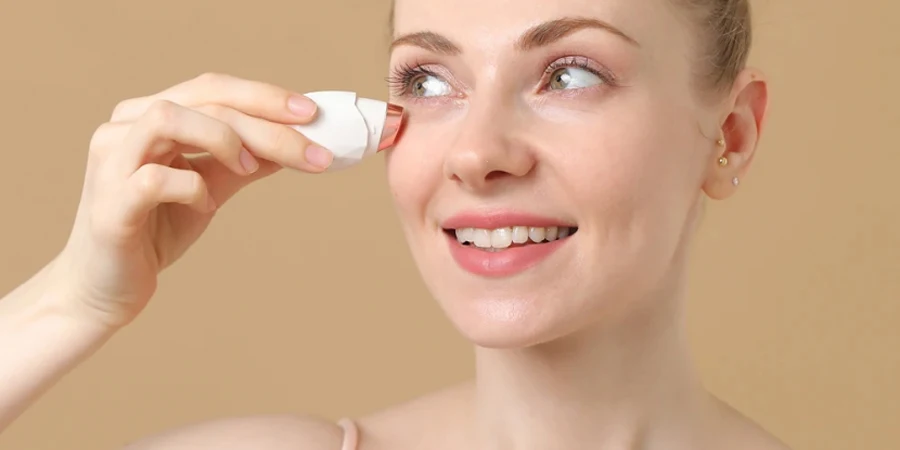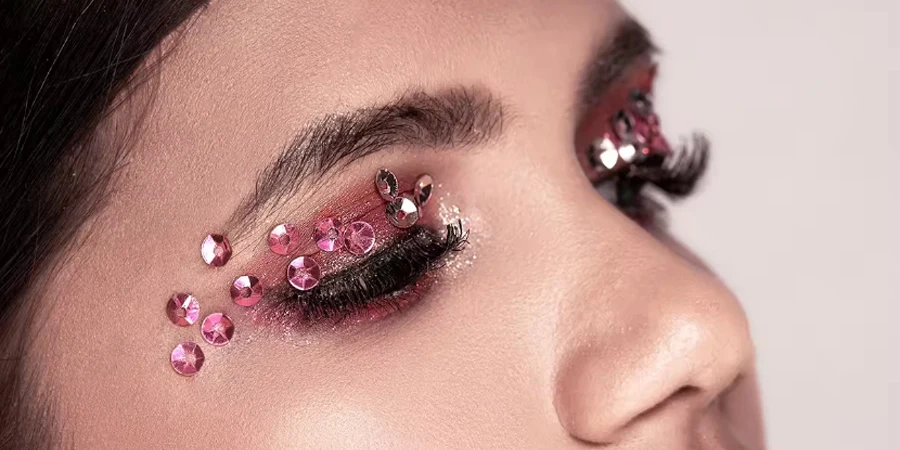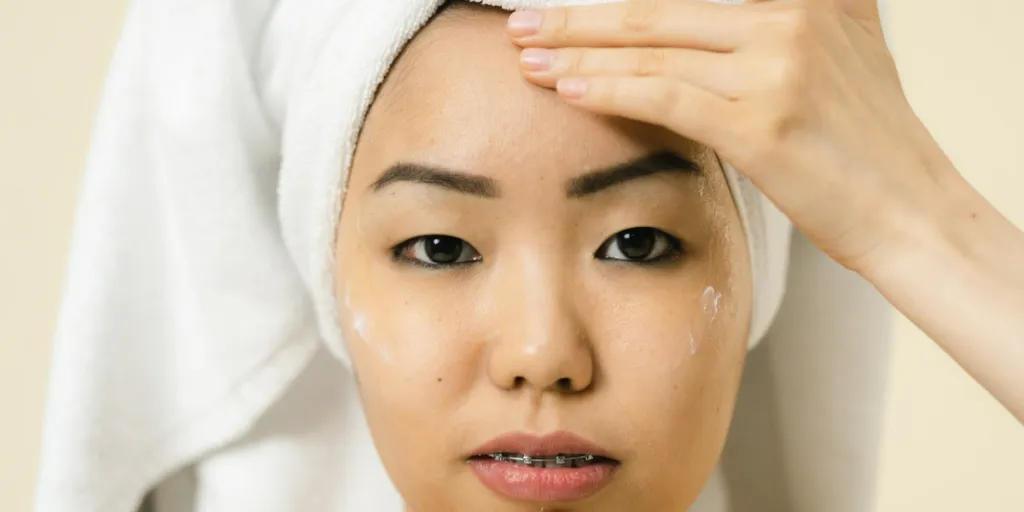As consumer lifestyles and demands evolve, the beauty industry adopts new strategies to accommodate shifting interests. This article investigates the major lifestyle drivers and innovations that will impact product categories in the coming years. Bio-synthetic inventions, waste-free solutions, and sustainable farming methods emerge as the top trends.
Table of Contents
The beauty landscape
Key beauty concepts for 2025
To sum up
The beauty landscape
As the global climate crisis worsens, many industries will face resource shortages. Many will look into more sustainable sources, such as regenerative farming and lab-grown specimens. There will be an increase in products that are stress-tested for harsh environments, such as radiation-proof skincare, as brands speculate about what the future terrains will resemble.
Many brands will abandon green and sanitized aesthetics in favor of marshy textures, foggy colors, and ingredients grown through bio-synthetic innovations. Additionally, zero-waste approaches and designs that celebrate imperfections will receive more attention.
This article focuses on the key themes that will shape the beauty landscape in 2024/25.
Key beauty concepts for 2025
Biotech beauty
Given the rising cost of raw materials, supply chain issues, and environmental concerns, plant stem cell biotechnology appears to be the ideal solution. Retrieved from nature only once, these cells serve as bio-factories that produce bio-synthetic and nature-identical ingredients. This technology is a viable alternative to traditional farming, and it requires less water and frees up land for food production.
Stem cell technology will be particularly beneficial in conserving endangered plant species. Many brands are incorporating plant-based ingredients into their products using this technology. Orpheus skincare uses stem cells from a rare flower, and DF18+, an Italian brand, has eight patents for stem-cell actives.
More companies ought to make R&D investments in plant stem cell technologies that use energy-efficient, clean, and low-resource extraction techniques to lessen reliance on natural resources. For instance, American biochemist Jesse Adler claims to extract fungi from nature only once and then cultivate the stem cells in the laboratory.
Digital beauty
As more consumers seek transparency, blockchain technology will gain traction, as QR codes on product packaging will provide all the information that hungry customers require. By enabling customers to track products from the seed to the finished good, more businesses are being transparent with their customers.
Clarins, for example, has a trusted platform that allows consumers to access a product’s lifecycle, including its manufacturing process, via a QR code printed on the pack. Using blockchain technology, many brands have been able to gain consumer trust. This technology is also used by the French brand Le Jardin Retrouve to reveal IFRA certificates on their products.
Other companies can use blockchain to promote their social sustainability initiatives. For example, Solvay, a chemical manufacturer, uses blockchain to ensure fair and direct payments to farmers.
Climate protective formulations
With the changing weather conditions, beauty will see a rise in ultra-protective formulations, helping consumers to prepare for all scenarios. Sunscreens will provide more protection than ever and be available in various formats for areas other than the face. For instance, brands are offering lip gloss and hand creams with SPF.
Along with skincare, beauty supplements will be popular to protect the skin from the inside out. Brands should exercise caution when selecting ingredients, preferring those that can withstand extreme weather conditions, such as heat and cold. Ohiohoo, for example, uses freeze-dried ingredients to keep products stable for longer.
Brands should test their formulations rigorously for their stability under accelerated freezing conditions or challenging heat to simulate more accurate transit conditions. For instance, the Dubai-based company Peaceful creates skincare products, especially for the hot climate in the Middle East.
Resource efficient beauty
Due to the increasing energy costs and the need to preserve natural resources, both consumers and brands will explore ways to reduce their energy consumption. This demand for efficiency will go beyond energy consumption to include smart and efficient solutions that do not sacrifice quality.
Many hair care brands use cold processing methods to save energy and protect heat-sensitive ingredients like Vitamin E. Oasis, a Singaporean low-waste brand, sells show bombs instead of bath bombs because showers use less water and energy than a bath.
To gain customer trust, brands must track every bit of energy used throughout a product’s life cycle. Seppic, a French company, sells an emulsifier that saves 97% energy and 80% manufacturing time when making shower gels. It’s also wise to look into no-rinse or low-rinse cleansers, such as Garnier’s no-rinse conditioners.
Zero waste with plant-based ingredients
As consumers become more environmentally conscious, brands will use every fiber of a plant, from root to stem, to preserve ingredients and reduce overall waste. They will also investigate zero-waste methods. For example, the US skincare brand Muri Lelu uses the hemp plant’s seed, stalk, and stem to maximize the plant’s therapeutic benefits, appealing to conservative consumers.
Regenerative farming practices will ensure that any plant waste that is unviable for cosmetic compositions is used in some way. One brand that follows this approach is the Thailand-based brand Moringa Project. They harvest moringa trees for their seeds and leaf powders and use the leftover elements as a fertilizer.
Cosmetic brands should partner with other industries to be resource efficient. For instance, the British brand Baz & Co harvests basil for its cosmetics and the food industry, getting the most out of plants.
Brands can tap into unconventional beauty principles by shifting the narrative about which parts of the plant are desirable. In the spirit of embracing flaws, the fragrance brand Documents’ sells an aromatherapy set that uses the entire rose plant, including the stems, leaves, flowers, and roots.
More intentional
In contrast to fast-fashion beauty, a more deliberate concept known as slow beauty will gain traction. This trend will be fueled by consumers’ desire for tried-and-tested ingredients with proven health benefits. Brands will also leverage ancient beauty practices that are backed by scientific evidence.
Furthermore, supply chain issues will push brands to use local ingredients that are widely cultivated. Sussane Kaufmann, a wellness brand, sources and manufactures all its products in an energy-efficient and resource-rich location in Austria. This ensures that there are no production delays.
Slow beauty brands will limit product drops to manage the changing commodity prices and consider pre-orders to reduce product wastage. Ecoslay, an American brand, creates made-to-order products with a two-week lead time. And lastly, brands will explore sustainable packaging designs to minimize waste.
Biorhythmic beauty
Seasonal beauty will become more popular as a result of the disruptions in normal weather patterns caused by the climate crisis. Brands will develop products that are compatible with the new seasonal concepts.
Aside from the four established seasons, brands will consider how seasonal changes are marked across global markets. Companies can educate consumers about the changes in weather patterns.
Brands can help the seasonal ecosystem thrive by implementing net-zero carbon strategies and using biodegradable packaging. For instance, Bare Minerals, a US-based company, uses mycelium PR mailers and sees paper notecards as part of its sustainability efforts.
To sum up
Because many consumers are concerned about the environment, create sustainable products that help people feel more connected to nature. Consider reusable and biodegradable solutions.
Due to global supply chain issues and limited resources, invest in regenerative solutions to avoid production disruptions. Consider biotechnology and lab-grown alternatives.
Minimise energy expenditure, right from product designing to packaging. Reducing waste should be a top business priority.




